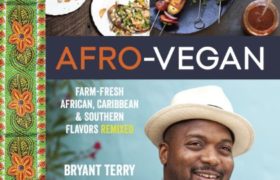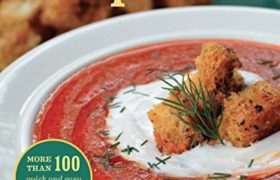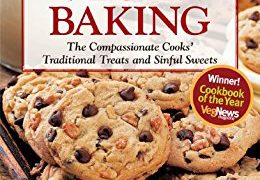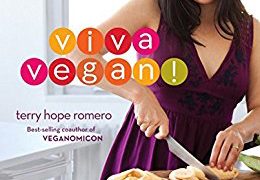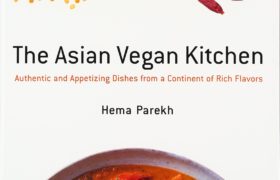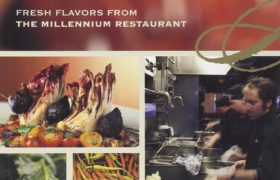Just a quick list of things I’ve eaten lately:

I finally visited the new El Tacorrido that popped up in Brentwood. It’s way better than I expected for a fast food taco spot. The best part is that they have a drink called El Equinox that’s horchata with a shot of espresso.

We just returned from a trip to the U.K. and I bought myself an adorable tea towel and wanted to have a legit afternoon tea just so I could incorporate it somehow. This meant having a tea snack, so I made cookies, specifically the Sparkled Ginger Cookies from Vegan With a Vengeance. They were easy to make, but my dough ended up too wet so I had to add extra flour and keep my hands floured to shape the cookies. They ended up being the perfect cookies to have with tea.

We finally tried out 101 by Teahaus and it was fantastic. I got a rice bowl with fried basil tofu and the house sauce. It’s basically a fresher version of bibimbap. The house sauce is similar to the gochujang that’s usually served with bibimbap, but a bit sweeter and thinner. The toppings, except for the tofu, are all raw, and I added avocado, so it had a rather Southern California-feel to it. German got the bulgogi tots which looked amazing, like Chilantro’s kimchi fries but with tots instead of fries. He also got dumplings, which were pretty basic dumplings, but even a basic dumpling is a good dumpling!
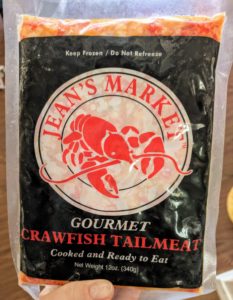 I found some frozen crawfish tails at HEB that actually looked o.k. for frozen crawfish that’s imported from China, so I’m going to make a crawfish etouffee for dinner tonight. If all goes well, I’ll post the recipe to this blog soon.
I found some frozen crawfish tails at HEB that actually looked o.k. for frozen crawfish that’s imported from China, so I’m going to make a crawfish etouffee for dinner tonight. If all goes well, I’ll post the recipe to this blog soon.

